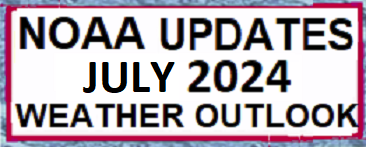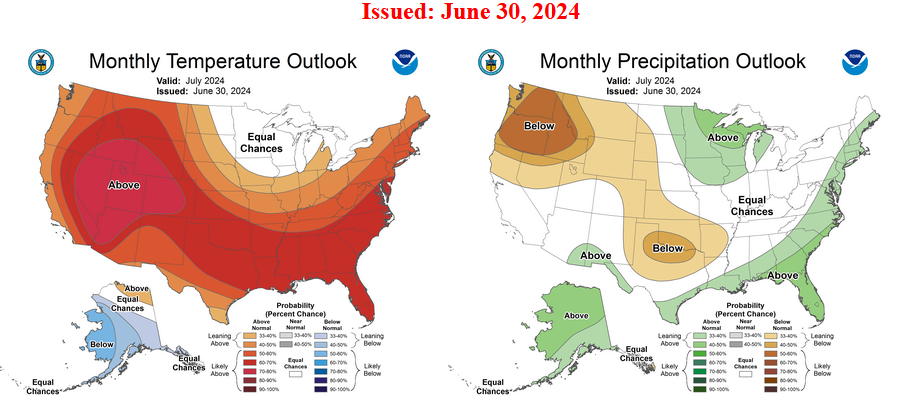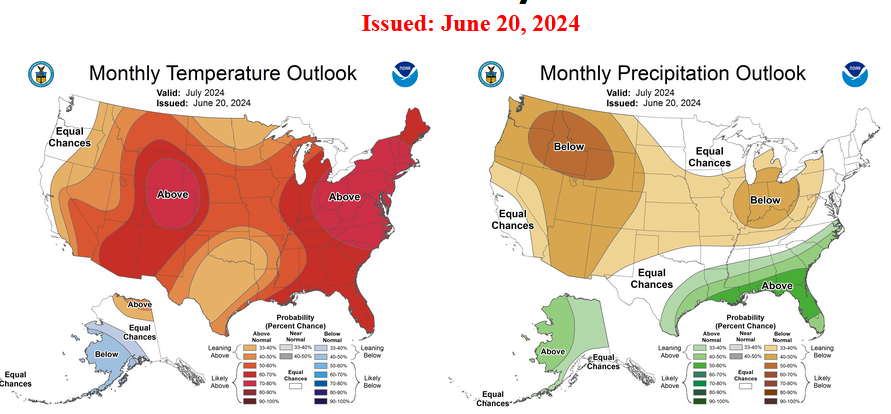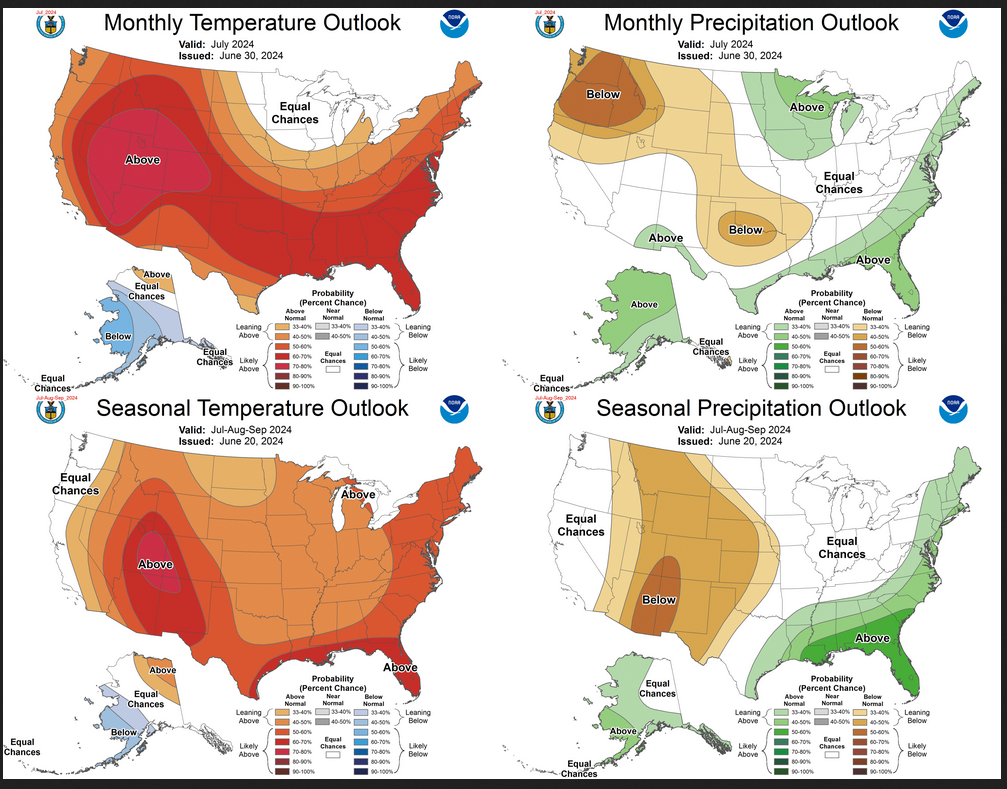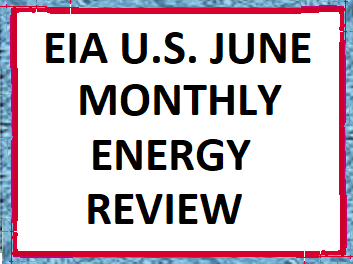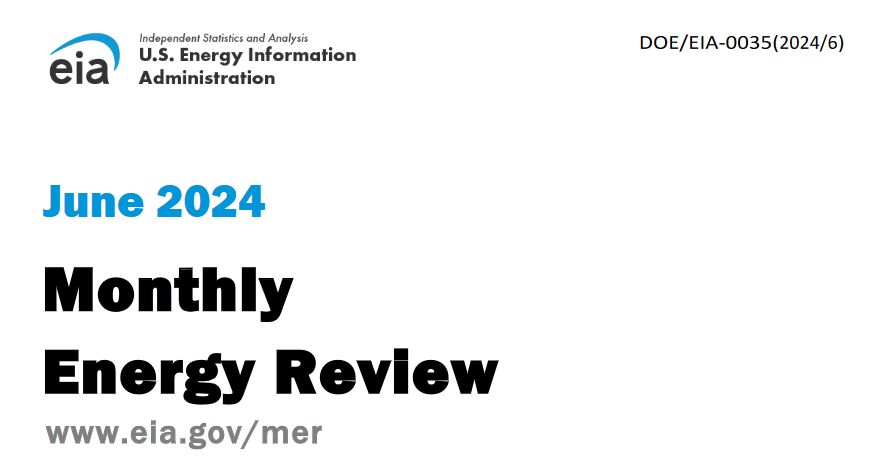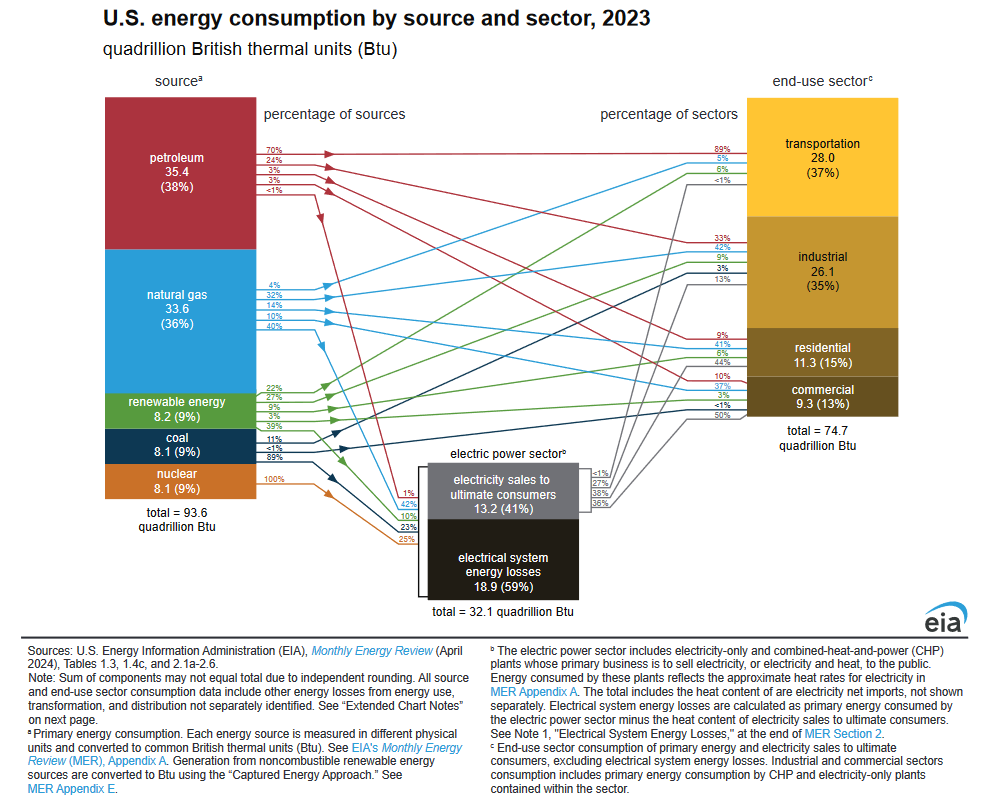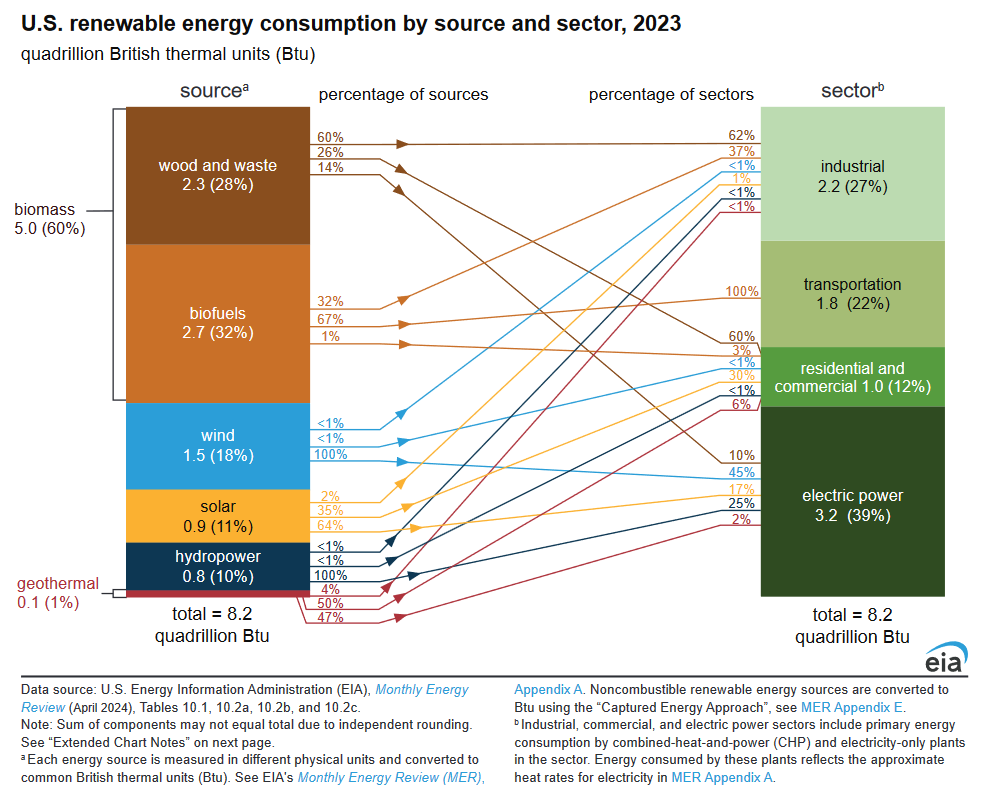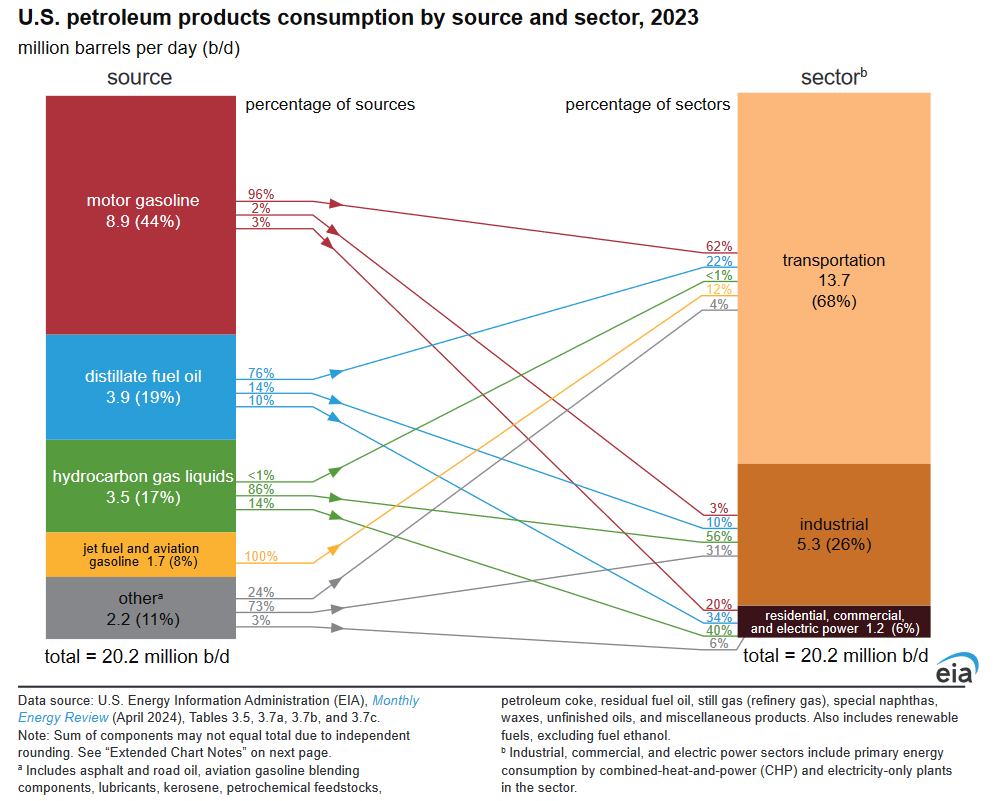Today Through the Fourth Friday (22 to 28 days) Weather Outlook for the U.S. and a Six-Day Forecast for the World: posted July 6, 2024
This article focuses on what we are paying attention to in the next 48 to 72 hours. The article also includes weather maps for longer-term U.S. outlooks and a six-day World weather outlook which can be very useful for travelers.
First the NWS Short Range Forecast. The afternoon NWS text update can be found here after about 4 p.m. New York time but it is unlikely to have changed very much from the morning update. The images in this article automatically update.
Short Range Forecast Discussion
NWS Weather Prediction Center College Park MD
401 AM EDT Sat Jul 06 2024Valid 12Z Sat Jul 06 2024 – 12Z Mon Jul 08 2024
…Extremely dangerous heat continues in the West, with heat persisting in
the Eastern U.S….…Severe thunderstorms and Excessive rainfall possible for portions of
the Central Plains and Lower Mississippi Valley today, then the
Central/Southern Plains on Sunday……Beryl is forecast to re-intensify over the southwestern Gulf of Mexico
today and threaten the western Gulf Coast of the U.S. beginning on
Sunday……Critical Fire Weather possible over portions of the Upper Great Basin
and Four Corners Regions this weekend…An amplified upper-level pattern over the CONUS will support record
breaking heat in the West, severe weather and heavy to excessive rainfall
over the Central U.S., and some more heat risk in the
Mid-Atlantic/Southeast this weekend. A staunch upper ridge continues to
promote an intense, widespread and long duration heat wave across the
West. Widespread temperature records are expected to be tied or broken
this weekend with highs in the upper 90s to 110s likely up and down the
West Coast and portions of the Great Basin. These conditions will be
extremely dangerous and potentially deadly if not taken seriously. The
multi-day nature of the heat and record warm overnight temperatures will
cause heat stress to build in people without adequate cooling and
hydration. Excessive Heat Watches, Warnings and Heat Advisories are in
effect for much of the West. Hazardous heat will continue in the
Mid-Atlantic and Southeast today. Heat index values will approach or
exceed 110 degrees at times. Heat Advisories stretch from upstate New York
down the East Coast to the Alabama coast. The intense heat paired with dry
windy conditions will support a Critical Risk of Fires over portions of
southern Idaho today and southern Utah on Sunday.Elsewhere, an upper-level trough stationed over the Central U.S. will
amplify and dig into the Southern Plains this weekend. At the surface, a
pair of slow moving low pressure systems will focus areas of showers and
thunderstorms across the Great Plains and Mississippi Valley. The Storm
Prediction Center issued a Slight Risk (level 2/5) of Severe Thunderstorms
across parts of the Central Plains this afternoon/evening. Isolated large
hail and severe wind gusts are expected from the Southern High Plains into
the Upper Midwest. Mid-level energy propagating atop a moist, unstable
environment and quasi-stationary front at the surface will support
convection and locally heavy rainfall from central Texas through the
Central Gulf Coast today. There’s a Slight Risk of Excessive Rainfall (at
least 15%) over much of Louisiana. Another round of heavy rainfall could
produce heavy to excessive rainfall for parts of central Oklahoma northern
Texas and southern Kansas on Sunday. A Slight Risk of Excessive Rainfall
is in effect for the aforementioned areas. Some more scattered to isolated
storms will occur over portions of the Northeast today with potential for
isolated Flash Flooding.Tropical Storm Beryl is forecast to intensify as it moves through the
western Gulf of Mexico today. Beryl is forecast to strengthen into a
Hurricane on Sunday night before making landfall somewhere along the Texas
Coast. The exact location of Beryl’s landfall is uncertain at this point
but what’s most important is that heavy rainfall, strong winds and storm
surge are expected for much of the state’s coastline and portions of the
central Gulf Coast beginning tonight into Sunday. Please refer to the
National Hurricane Center for the latest Beryl forecast track and
intensity.




